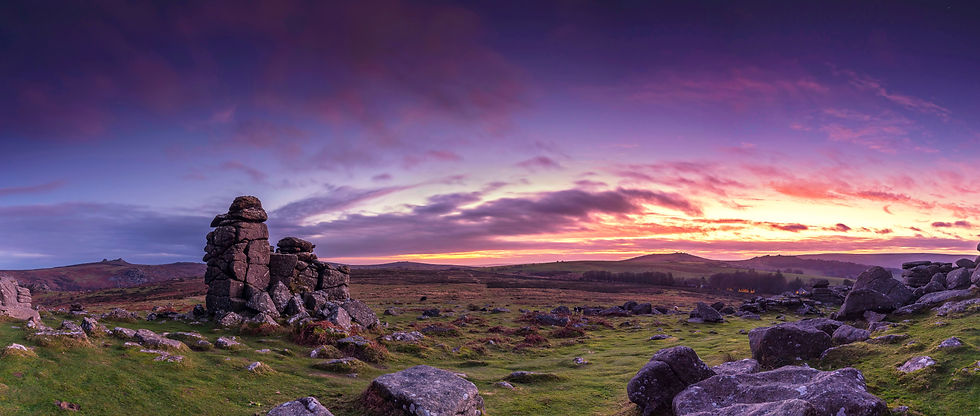top of page
+44 (0) 1208 871066

Other Activities
Other Activities
Use the tags below to see activities we recommend for rest / activity days whilst on our walks. Just click on the tag to see all activities for that area, but click if off again if you're going to look at another area.
bottom of page































